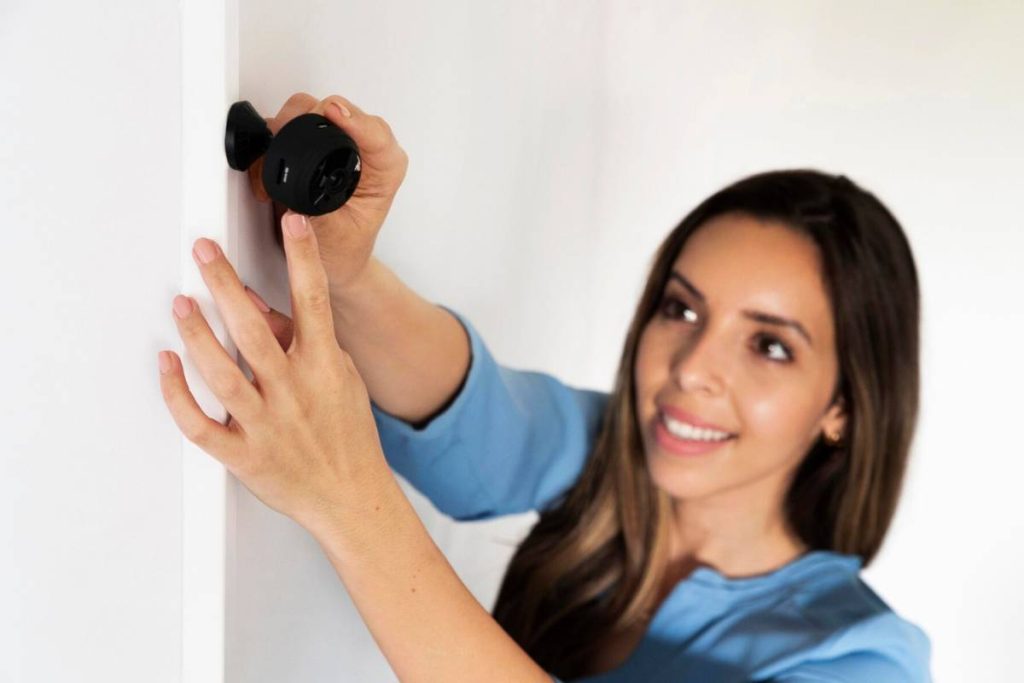In the world of home security, there’s a fundamental consideration that is often overlooked or misunderstood: the importance of proper security camera placement. This missed detail can be the difference between capturing clear, useful footage and missing important events entirely. This article aims to explore this crucial factor of home safety measures in order to enlighten homeowners on how key these minor adjustments can be.
Security cameras serve as an essential tool in deterring criminal activities and collecting evidence when a crime occurs. However, their effectiveness is significantly impacted by their location. Proper placement can make the difference between a clear, identifiable image or a series of blurred pixels, providing useless information.
Let’s delve deeper into understanding why the location of your security camera is so vital to your home security.
Prominent Camouflage
Contrary to common misconceptions, it is advisable not to conceal security cameras but rather to make them conspicuous yet discreetly integrated into the surroundings. This strategic approach to camera placement can effectively deter criminals, as they are less inclined to target locations with visible security measures in place. The mere presence of a security camera can serve as a powerful deterrent against potential burglars, dissuading them from attempting any illicit activities.
Nonetheless, it is crucial that the camera is readily visible to those actively searching for it, while not drawing unnecessary attention from casual passersby. This approach strikes a balance, minimizing the impact on the aesthetic appeal of your property while ensuring that potential intruders do not easily identify and avoid the camera’s field of view or, worse yet, attempt to disable it. By blending security measures seamlessly into the environment, you create an effective deterrent without compromising the overall look of your home.
Efficient Angle and Positioning

Cameras tasked with monitoring expansive areas should be strategically positioned at elevated locations with a downward angle. This positioning allows them to capture a comprehensive view of the surroundings, maximizing their ability to survey and deter potential threats.
Conversely, cameras designated for the identification of specific details, such as facial features or license plate numbers, should be mounted at lower points, ideally at eye level. This lower placement ensures that the camera’s lens is focused on the critical areas where finer details are essential for potential identification. In essence, the proper placement of each camera aligns with its unique function, optimizing the overall security system’s efficiency and capabilities.
Different Areas, Different Height
The height at which security cameras are installed plays a critical role in their effectiveness. When it comes to front and backyard cameras, mounting them at a sufficient height is essential. This elevated position allows these cameras to provide a broader field of view, covering a wide expanse of the area and making it less likely for criminals to tamper with or disable them.
Conversely, cameras positioned at entrances such as front or back doors should be strategically placed at face height. This placement serves a dual purpose: firstly, it ensures that the camera captures clear and identifiable images of individuals approaching or entering the premises, which can be invaluable for law enforcement if needed. Secondly, it serves as a visible deterrent, as potential intruders are more likely to notice and be deterred by a camera positioned at eye level. In this way, the height of security cameras is a crucial factor in enhancing both their functionality and deterrent effect.
Selecting the Right Camera
The choice of security cameras for different locations around a house should be tailored to specific needs and environmental factors. Indoor areas generally benefit from smaller and less conspicuous cameras, as their primary function is to discreetly monitor interior spaces without drawing attention. On the other hand, outdoor cameras must be robust and weather-resistant to withstand the diverse and sometimes harsh outdoor conditions, ensuring their durability and longevity
To Cover or Not to Cover Windows
Addressing window coverage can be a delicate matter in security camera placement. When cameras are positioned to peer through or monitor windows, they often encounter issues related to glare, particularly during nighttime surveillance. Glare can significantly impair the camera’s ability to capture clear and usable footage. To mitigate these problems, a more effective approach is to differentiate between indoor and outdoor surveillance needs and install cameras designed for their respective purposes in those locations.
Final Thoughts
Understanding the importance of security camera location in your home and implementing it effectively can drastically increase the efficacy of your home security system. It is a crucial factor that ensures the proactive prevention of criminal activity, as well as the efficient monitoring, reporting, and, if necessary, the prosecution of crime. Beyond that, it is a key element that results in peace of mind, knowing that your property is under watchful and well-placed eyes.



